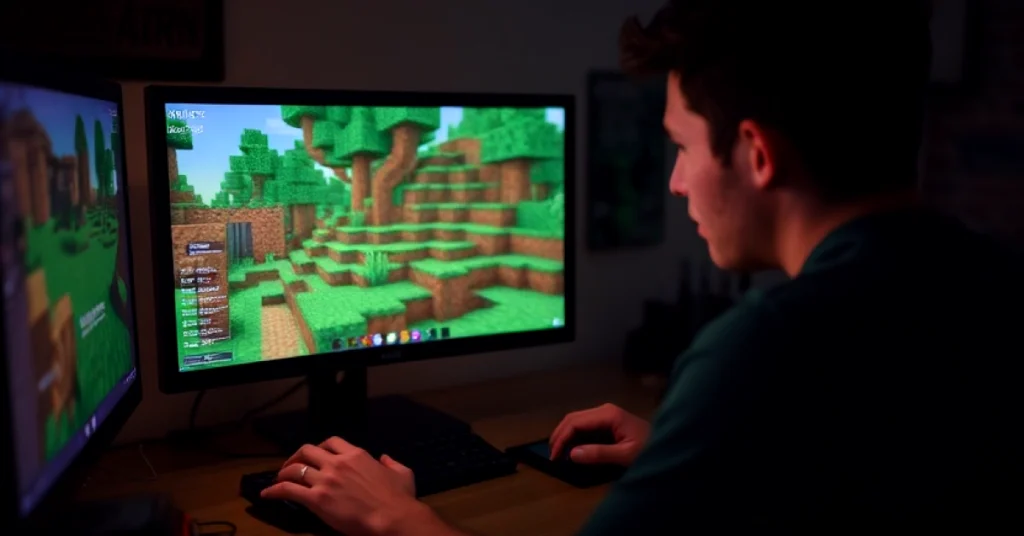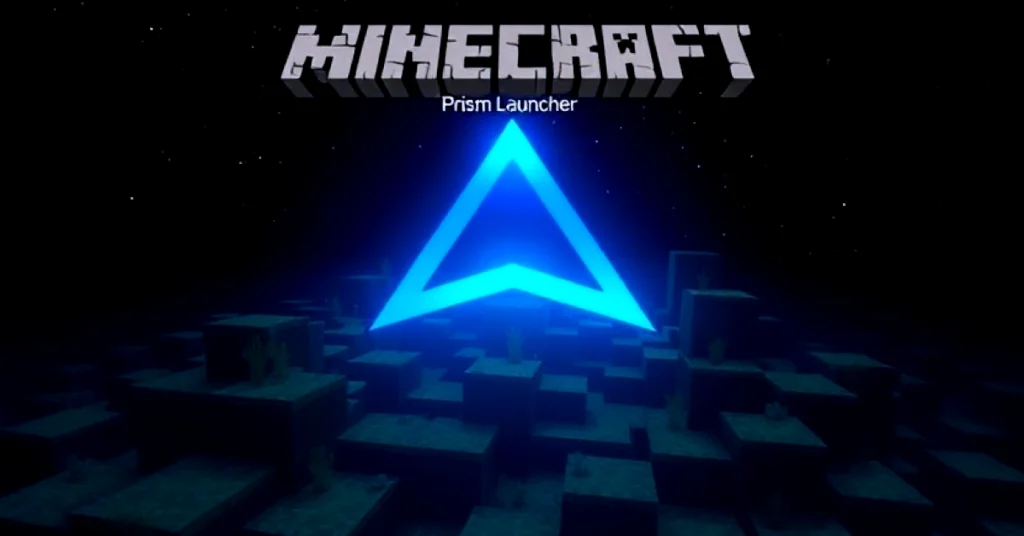If you’re hosting a Minecraft server on a Mac, ensuring that your server has enough RAM allocated is crucial for smooth gameplay. Without sufficient memory, your server might experience lag, crashes, or other performance issues, especially when hosting multiple players or running modpacks. This guide will walk you through the steps of how to allocate more RAM to a Minecraft server on Mac.
Why Allocating More RAM is Important
A Minecraft server uses RAM to handle various tasks:
- Chunk Loading: Loading and rendering the game world as players explore.
- Player Interactions: Processing player actions like breaking blocks, crafting, or fighting mobs.
- Mods and Plugins: Running additional features and scripts introduced by mods.
- Entities and Items: Managing mobs, dropped items, and other in-game entities.
If your server doesn’t have enough RAM, it might struggle to keep up, resulting in:
- Server lag and delays in player actions.
- Crashes when the server runs out of memory.
- Reduced tick speed (TPS), making the game less responsive.
By allocating more RAM, you ensure smoother performance and a better experience for all players.
Prerequisites
Before allocating more RAM, ensure you meet the following requirements:
- 64-bit Java Installed
- Minecraft requires 64-bit Java to allocate more than 2 GB of RAM. To check your Java version:
- Open the Terminal on your Mac.
- Type the following command and press Enter:
java -version - Look for “64-Bit” in the output. If you’re running 32-bit Java, download and install the latest 64-bit version from Oracle or Adoptium.
- Minecraft requires 64-bit Java to allocate more than 2 GB of RAM. To check your Java version:
- Sufficient System RAM
- Ensure your Mac has enough memory. For instance, if you want to allocate 4 GB to the server, your Mac should have at least 8 GB of total RAM, leaving enough for macOS and other applications.
- Minecraft Server Files
- Ensure you’ve set up your Minecraft server files on your Mac, including the
server.jarfile.
- Ensure you’ve set up your Minecraft server files on your Mac, including the
Step-by-Step Guide How to Allocate More RAM to a Minecraft Server on Mac
1. Locate or Create the Start Script
The start script is a file used to launch your server with specified settings, including RAM allocation. If you don’t already have a run script:
- Open the folder containing your Minecraft server files.
- Create a new text file using TextEdit:
- Open TextEdit and select Format > Make Plain Text from the menu bar.
- Save the file as
start.command.
- Add the following line to the file:
java -Xms1G -Xmx4G -jar server.jar nogui-Xms1G: Initial RAM allocation (one GB in this example).-Xmx4G: Maximum RAM allocation (4 GB in this example).- Replace
server.jarwith the exact name of your server’s .jar file. nogui: Disables the graphical interface to save resources.
- Save the file in the same folder as your
server.jar.
2. Make the Script Executable
Before starting the script, you need to make it executable:
- Open Terminal and navigate to your server folder:
cd /path/to/your/server/folderReplace
/path/to/your/server/folderwith the actual path to your server files. - Make the
start.commandfile executable by running:chmod +x start.command
3. Run the Server
To launch your server with the updated RAM allocation:
- Double-click the
start.commandfile. - The Terminal will open, and your server will start. You should see messages indicating the server’s memory allocation.
How Much RAM Should You Allocate?
The amount of RAM you should allocate depends on your server’s requirements:
- Vanilla Servers: 1-2 GB for small worlds with a few players.
- Modded Servers: 4-8 GB for running modpacks.
- Large Servers: 8-16 GB for many players or heavy modpacks.
Important Tips:
- Don’t allocate all available RAM to Minecraft. Leave at least 2-4 GB for macOS and other applications.
- Start with a moderate allocation and adjust based on server performance.
Optimizing Server Performance
Allocating more RAM isn’t the only way to improve performance. Here are additional tips:
1. Optimize Server Settings
- Open the
server.propertiesfile and adjust these settings:- view-distance=10: Lower this value to reduce the number of chunks loaded per player.
- max-tick-time=60000: Increase this value if the server crashes due to lag.
2. Use Performance Mods
For modded servers, consider adding performance-enhancing mods like:
- Phosphor: Optimizes lighting engine performance.
- Lithium: Improves server-side performance.
- FerriteCore: Reduces memory usage.
3. Pre-Generate Chunks
Pre-generating chunks can significantly reduce lag caused by players exploring new areas:
- Install a plugin or mod like Chunky.
- Use the plugin to generate chunks before players join.
4. Schedule Regular Restarts
Restarting your server periodically can clear memory leaks and improve performance.
Troubleshooting
1. Server Won’t Start
- Ensure the
start.commandfile is executable. - Verify that the RAM allocation doesn’t exceed your system’s available memory.
- Check for errors in the Terminal and resolve any issues (e.g., missing Java or incorrect file paths).
2. High RAM Usage
- Remove unnecessary mods or plugins.
- Lower the
view-distancein theserver.propertiesfile. - Monitor server performance and adjust settings as needed.
3. Lag Despite High RAM Allocation
- Allocate less RAM if garbage collection is causing lag.
- Optimize mods and plugins.
- Upgrade your Mac’s hardware if necessary.
Conclusion
Allocating more RAM to your Minecraft server on a Mac is a straightforward process that can greatly enhance performance, especially for modded or multiplayer servers. By following the steps outlined in this guide, you’ll ensure that your server has enough memory to handle its workload. Don’t forget to monitor performance regularly and make adjustments as needed to create the best possible experience for your players. Happy crafting!



